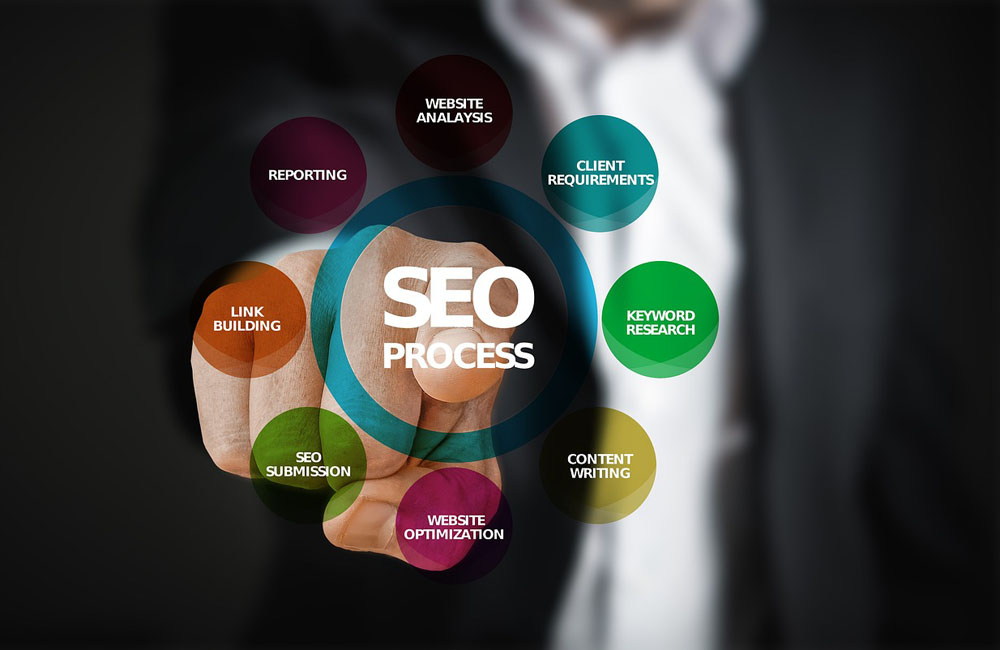1. Introduction
In the digital marketing world, SEO (Search Engine Optimization) has been the dominant strategy for improving website rankings on search engines like Google. However, with the rise of AI-driven search experiences (like Google’s SGE, Bing AI, and voice assistants such as Alexa and Siri), a new concept has emerged: AEO (Answer Engine Optimization).
While both aim to improve online visibility, they have distinct focuses and strategies. Let’s break down the key differences.
2. What is SEO (Search Engine Optimization)?
SEO is the process of optimizing websites to rank higher on search engine results pages (SERPs) for relevant queries. It involves:
- Keyword Optimization: Targeting specific keywords to match search intent.
- On-Page SEO: Optimizing content, meta tags, headers, and URLs.
- Technical SEO: Improving site speed, mobile-friendliness, structured data, and security.
- Off-Page SEO: Building backlinks and improving domain authority.
- Content Optimization: Creating high-quality, valuable content for users.
- User Experience (UX): Ensuring ease of navigation, readability, and engagement.

3. What is AEO (Answer Engine Optimization)?
AEO focuses on optimizing content to appear in AI-driven answer engines such as:
- Google’s Featured Snippets & Knowledge Panels
- Voice search results (Siri, Alexa, Google Assistant)
- Chatbots & AI-powered search tools (Google SGE, ChatGPT, Bing AI)
It aims to provide direct, concise, and structured answers to user queries instead of just ranking for keywords.

- Structured Data & Schema Markup: Helps search engines understand content better.
- Answering Questions Clearly: Direct, well-structured, and concise responses to common queries.
- Optimizing for Voice Search: Using conversational, natural language in content.
- Entities & Context Optimization: Targeting broader concepts and relationships rather than just keywords.
- Authority & Credibility: Providing accurate, authoritative, and well-referenced information.

4. Key Differences Between SEO and AEO
| Feature | SEO (Search Engine Optimization) | AEO (Answer Engine Optimization) |
|---|---|---|
| Focus | Ranking on search engines (Google, Bing) | Appearing in AI-driven answer engines |
| Primary Goal | Drive organic traffic to a website | Provide direct answers without requiring a click |
| Content Format | Long-form, keyword-rich articles | Short, structured, factual answers |
| Technical Strategy | On-page SEO, backlinks, page speed | Schema markup, structured data, NLP optimization |
| Search Type | Traditional keyword-based search | AI-generated, conversational, and voice search |
| User Behavior | Users click links for more information | Users get instant answers with little to no clicking |
| Best for | Blogs, business websites, e-commerce, long-term traffic | FAQs, voice search, featured snippets, AI chatbots |
5. Why AEO is Becoming More Important
- Rise of AI-powered search (Google SGE, Bing AI, ChatGPT search)
- Increased voice search usage (over 50% of searches are voice-based)
- Users want quick, direct answers instead of long articles
- Google’s “Zero-Click Searches” (where users get answers without visiting a website)
6. Should You Focus on SEO or AEO?



- Optimize for SEO to rank on traditional search engines.
- Use AEO techniques to appear in AI-driven results and voice searches.
By integrating structured data, concise answers, and user-focused content, you can stay ahead in the evolving search landscape.








